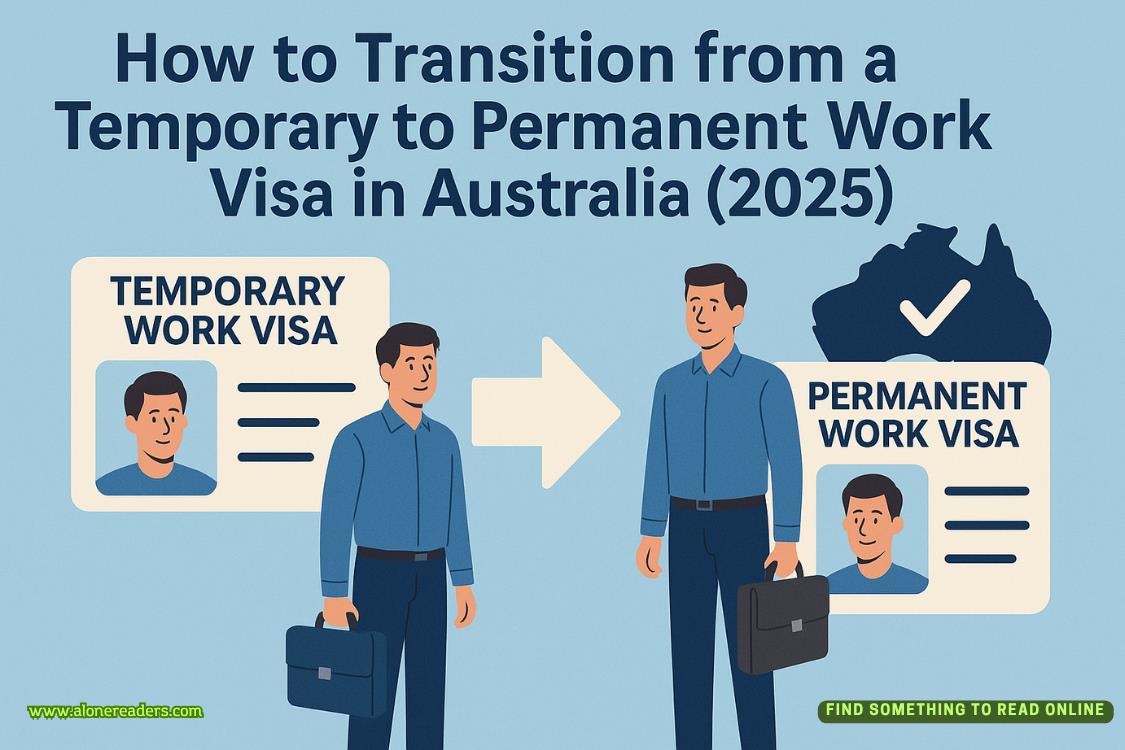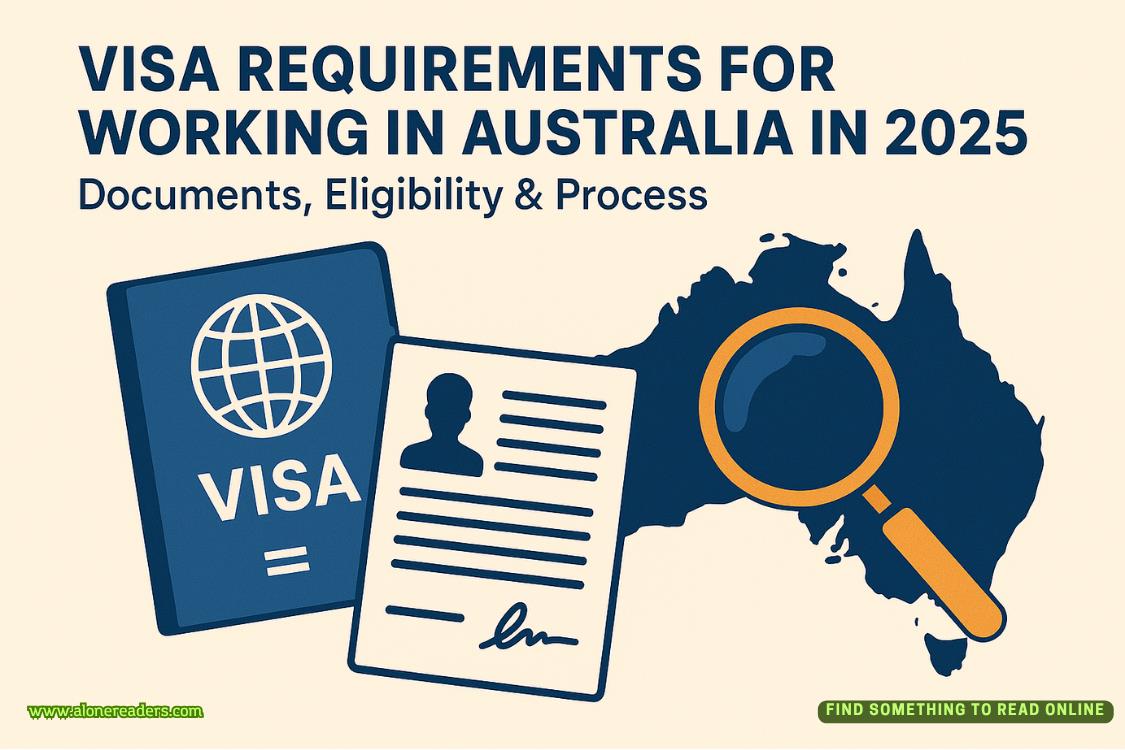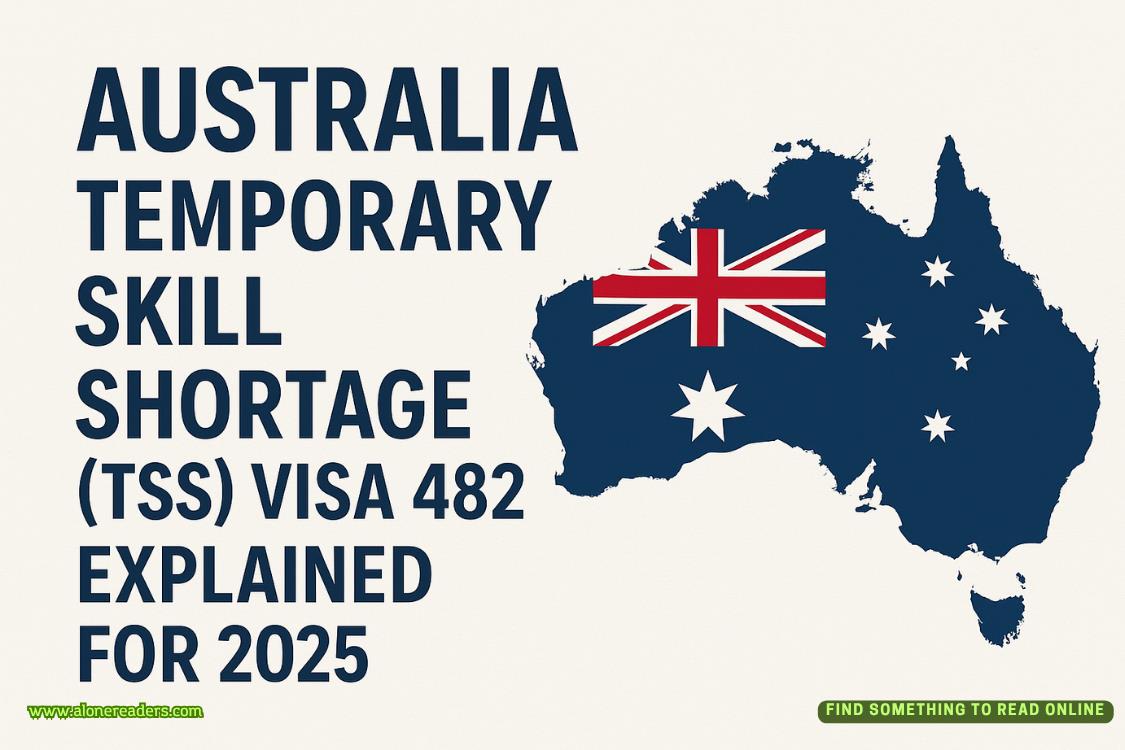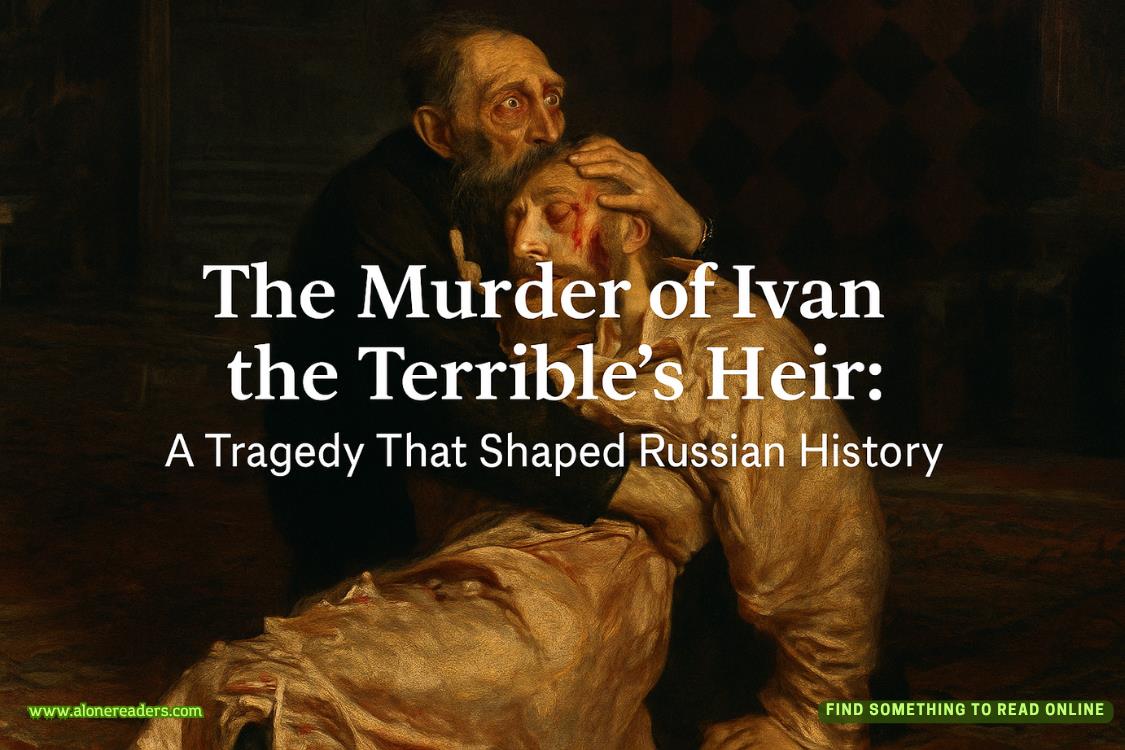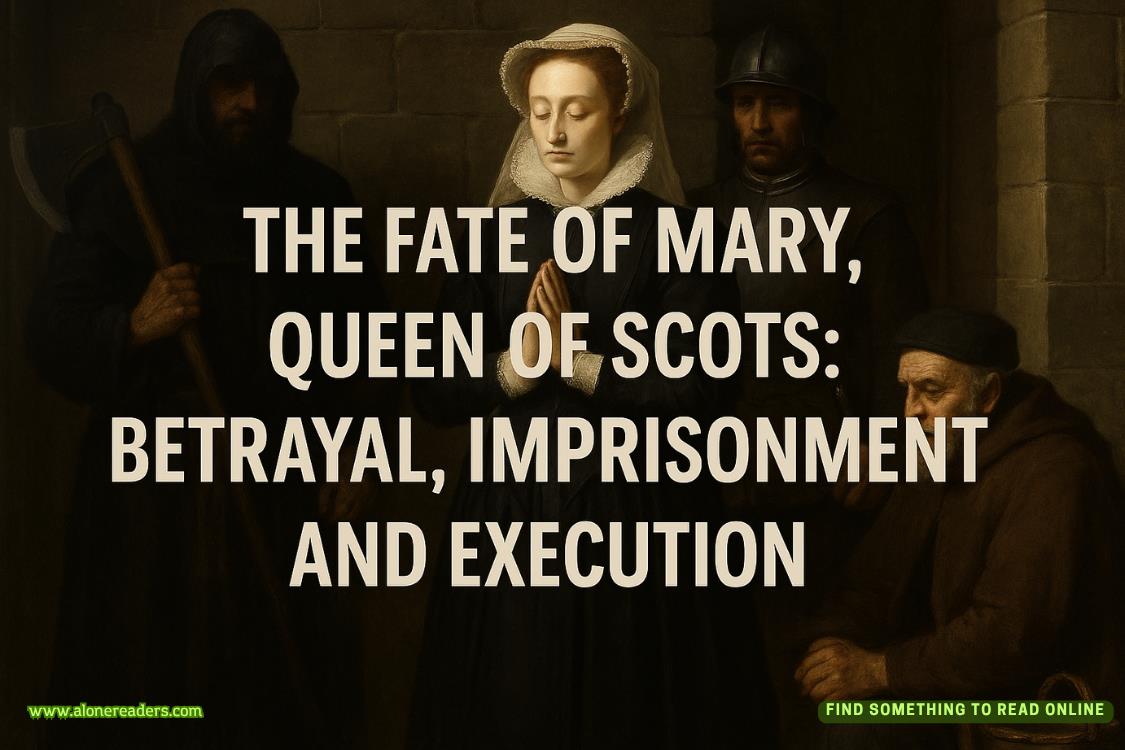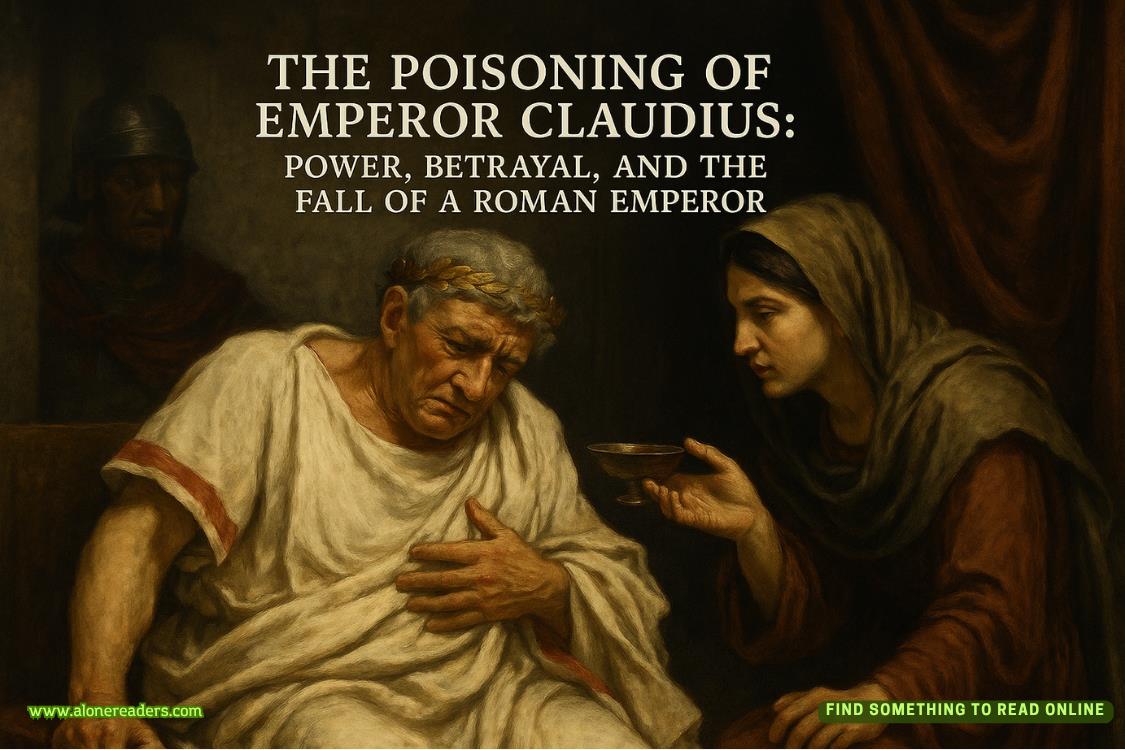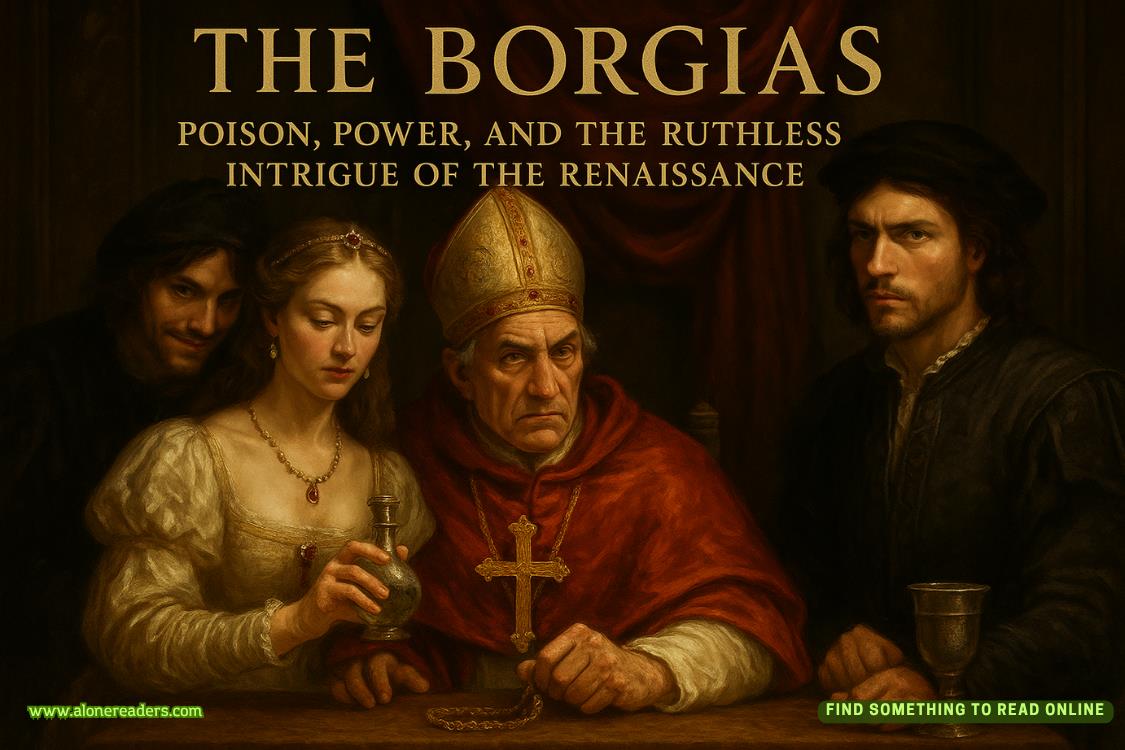Page 150 of Gone Before Goodbye
“Suture,” the assistant male surgeon barks.
His voice is gruff, muffled, and again she wonders whether this is his natural sound or if he is trying to mask his identity. With Maggie holding the THUMPR7 in place, her partner begins the delicate work of suturing the device’s inflow connectors to Oleg’s atrial cuffs.
Maggie joins in. Her adrenaline starts kicking into overdrive. She’s nervous. She has never done anything like this.
Gruff Voice stops for a moment. Maggie looks up into the goggled face.
“It’s okay,” he says to her. “You got this.”
Maggie is grateful for the encouragement. She swallows and nods.
The two surgeons—Maggie and Gruff Voice—work now in perfect tandem, threading the outflow connectors to the pulmonary artery and aorta, sizing the grafts with the precision of, well, cardiothoracic surgeons—too long and the lines will tangle; too short and blood won’t flow.
“Left ventricle first,” Maggie says, but Gruff Voice is one step ahead of her. He quick-connects—think “little snaps”—the heart to the Three A’s:
artery, aorta, atria. Maggie does the same with the right. The THUMPR7 has four flaps. They are all open.
“Now,” Maggie says.
Gruff Voice opens the OCS or “heart box” and extracts a healthy, red, beating heart. He moves fast, guiding the donor heart into the THUMPR7. This, Maggie realizes, has never been done before. This, she realizes, would have been Marc and Trace’s dream moment—
the THUMPR7 in tandem with a healthy beating-heart transplant donation. With a nod, Maggie takes over. She uses forceps to maneuver the heart into place. She attaches the donor heart’s pulmonary artery to the THUMPR7’s plastic valve in only one place. If this works, thatshould be the only attachment they need. The DNA sequencing machine is normally used after surgery to detect graft rejection. Maggie uses a specially designed one now, one that offers immediate feedback. She checks the readout.
So far, so good.
This is what their technology is trying to do: blend the robotic wonders of an artificial heart with the idea of cell regeneration and tissue compatibility. The best way of doing that is via a full organ—as in a beating-heart transplant like this—but the future hope is that stem cells, rather than full organs, will be enough.
Gruff Voice says, “No leaks. Blood flow is strong.”
Their goggled eyes meet again. They know this is the moment of truth. He gives her an encouraging nod. Maggie takes one more deep breath and turns to the perfusionist. “Turn it off.”
“Wait, shouldn’t we wean?”
“Not with the THUMPR7. It should kick in right away.”
The perfusionist hesitates.
“Do it,” Maggie snaps.
The perfusionist grudgingly switches off the bypass machine.
For a moment, nothing happens. Flat line.
Five seconds pass. Ten seconds.
The perfusionist says, “Doctor?”
“Wait,” Maggie says.
“It’s not working.”
“Then he’s dead either way,” Maggie says, while that sarcastic inner voice adds,And he ain’t the only one…
Ten more seconds pass, fifteen, twenty.
Ivan Brovski puts his large, gloved hands on both her shoulders as though to push her out of the way. “Doctor McCabe, what’s happening—?”
And then, with an audible grunt, the THUMPR7 starts beating.
